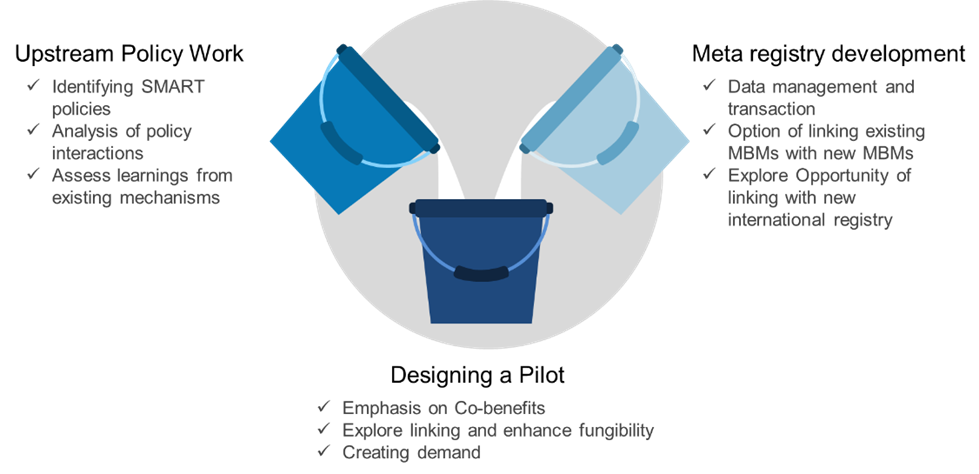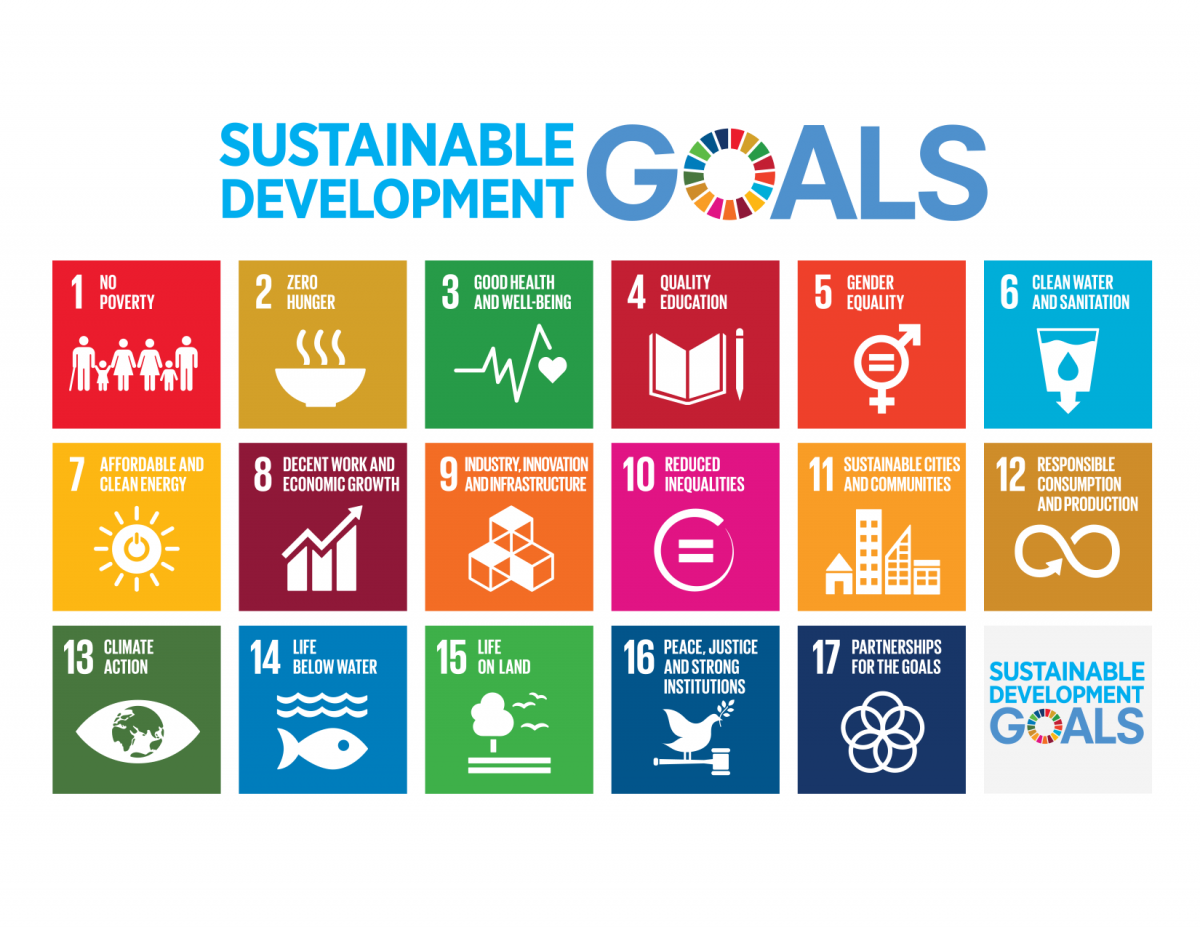A Carbon Market to Drive India’s Climate Action
by -
In March, the World Bank granted India US$8 million to design and pilot a carbon market. The funding announcement followed a meeting in New Delhi where 30 governments comprising the Bank’s carbon market group, the Partnership for Market Readiness, discussed their climate change mitigation actions.
India’s action plan, called a Market Readiness Proposal, is key to the nation achieving its climate goals. Under the Paris climate agreement, India plans to reduce its emissions intensity by 33 – 35% below 2005 levels by 2030. A nationwide carbon market could help with this and also promote social development. WRI India is running simulations of a carbon market to explore this possibility.
Trading Emissions
The Paris climate agreement allows nations to be flexible in their approach to cutting carbon. It pushes governments to work together voluntarily to achieve national goals. One way is by having nations exchange so-called “internationally transferrable mitigation outcomes” (ITMOs), as stated in Article 6.2. The agreement does not state what ITMOs are and how they work. Rather, it leaves room for nations to work out the specifics for themselves.
India must now design its own carbon pricing instruments for trading ITMOs. The nation already has two market-based trading schemes in place: the Perform, Achieve & Trade (PAT) to promote energy efficiency and the Renewable Energy Certificate (REC) for clean energy. Although it is possible to scale up these existing mechanisms, India plans to go in a new direction for carbon trading. The plan has three building blocks, as shown below:
 Source: Chirag Gajjar/WRI India
Source: Chirag Gajjar/WRI India
Policymakers should select GHG mitigation actions that align with existing national policies, the plan states. The actions should promote low carbon development and offer societal benefits, it states.
Globally, 35 countries, 15 provinces or states and seven cities have implemented emissions trading schemes.
Growing Sustainably
A carbon market could align India’s economic and social objectives under the United Nations’ Sustainable Development Goals. India’s planning agency, NITI Aayog, has already mapped the nodal ministries for SDG goals and targets. If policymakers link SDGs to India’s climate action plan, trading on the carbon market would help the nation achieve both its sustainability and economic development goals. In this case, planners would have to devise strategies to improve the monitoring and verification of sustainability benefits claimed in the marketplace.
 Source: United Nations Department of Public Information
Source: United Nations Department of Public Information
Avoiding Pitfalls
India can learn from other nations that have emission trading schemes and avoid certain pitfalls:
Double counting
Double counting refers to a situation where the benefits of a single emissions reduction unit is erroneously used multiple times. The Paris Agreement states that double counting should be avoided at all costs but it leaves it up to nations to determine how. Double-counting also poses challenges for linking India’s market with other mechanisms. Understanding these impacts requires study of policy interactions and an understanding of the generated emissions reduction assets.
Monitoring, Reporting and Verification
A credible data management system signals that the market is stable and predictable and provides a positive market signal to participants. In India, experience with REC and PAT suggests that the design of the market-based mechanism and the data system should be iterative and should include all stakeholders. This approach would offer flexibility in design and time for capacity building. Some of the more complex industrial sectors could be phased in in a staggered manner. And sectors with untapped GHG mitigation potential could be included in the future.
Linking Markets
India’s PAT and REC markets could be linked with a carbon market to maximize GHG reductions. This would drive competition, spur innovation and streamline accounting and verification, thereby reducing transaction costs.
India also has an opportunity to link its market with other international markets, although concerns about companies financing mitigation activities in foreign nations through linking could be a deterrent. Opportunities for linking, keeping in view environmental integrity, should be further explored in the new mechanism.
A Virtual Carbon Market
WRI India’s climate team has been researching the design of a domestic carbon market with inputs from key stakeholders. The India GHG Program has invited representatives from over 40 companies, including Infosys, Infrastructure Leasing & Financial Services Ltd. and Mahindra Sanyo, to participate in a carbon market simulation exercise in September. We will explore the design of the new mechanism and communicate our findings directly to policymakers.


